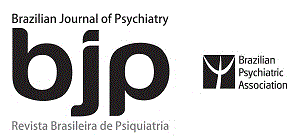Resumo em Inglês:
Objective: To provide a comprehensive picture of mental health problems (MHPs) in Brazilian medical students by documenting their prevalence and association with co-factors. Methods: We systematically searched the MEDLINE/PubMed, SciELO, LILACS, and PsycINFO databases for cross-sectional studies on the prevalence of MHPs among medical students in Brazil published before September 29, 2016. We pooled prevalences using a random-effects meta-analysis, and summarized factors associated with MHP. Results: We included 59 studies in the analysis. For meta-analyses, we identified the summary prevalence of different MHPs, including depression (25 studies, prevalence 30.6%), common mental disorders (13 studies, prevalence 31.5%), burnout (three studies, prevalence 13.1%), problematic alcohol use (three studies, prevalence 32.9%), stress (six studies, prevalence 49.9%), low sleep quality (four studies, prevalence 51.5%), excessive daytime sleepiness (four studies, prevalence 46.1%), and anxiety (six studies, prevalence 32.9%). Signs of lack of motivation, emotional support, and academic overload correlated with MHPs. Conclusion: Several MHPs are highly prevalent among future physicians in Brazil. Evidence-based interventions and psychosocial support are needed to promote mental health among Brazilian medical students.
